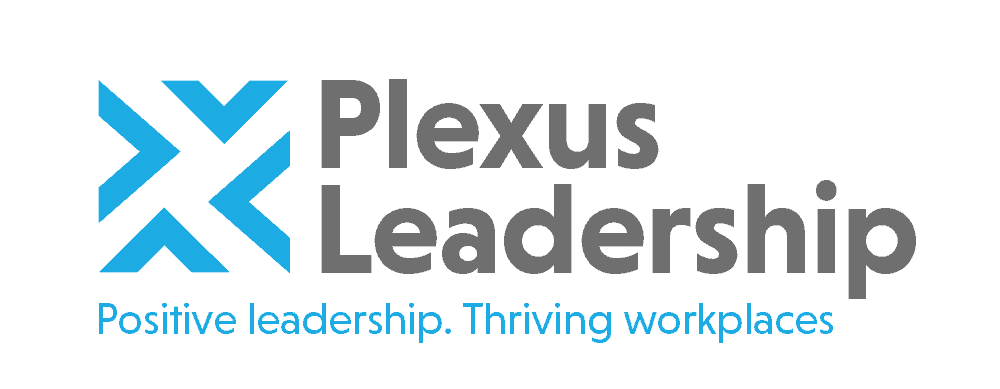We have seen several major and embarrassing U-turns from the UK Government since the COVID crisis began, including a recent one involving a climb down over a flawed algorithm used to moderate teacher assessed grades to calculate final A-level results in the UK.
However, it is not just government ministers that make humiliating U-turns. Leaders in businesses sometimes need to backtrack on highly visible decisions too. Changing decisions in this way can easily erode trust and credibility, incur unnecessary direct and indirect costs and waste time and energy. If the initial decision is a particularly bad one and has significant adverse consequences for the organization and its stakeholders, it can even lead to calls for the resignation of those responsible.
So how can leaders avoid such embarrassing, costly and potentially career-limiting U-turns?
Bring in different cognitive styles
Studies show that decision-making quality is improved significantly by increasing the diversity of cognitive styles, especially when solving complex problems. Shortfalls in one or more styles is likely to be reflected in the final decision and how it is implemented. For example, if the team making the decision is full of optimistic and big picture thinkers, the decision may not be sufficiently grounded in common sense and day-to-day realities. It may also overlook potential risks and gaps that could easily have been spotted by a critical thinker.
Looking beyond functional expertise and hierarchical level in the organization when setting up the team is a good way to mitigate lack of cognitive diversity and groupthink. Greater diversity in the decision-making team, including good gender and ethnic minority representation, will help tackle cognitive “sameness” and problem-solving biases by increasing the range of ideas, opinions and perspectives.
Another valuable technique is to apply De Bono’s Six Thinking Hats framework. De Bono’s approach uses a hat analogy to describe six different thinking styles (process lead, critical thinker, data-guru and fact-checker, feelings signaller and empath, positive energizer and creative) that are vital for effective problem-solving. By identifying preferences and assigning the full range of roles when setting up a problem-solving team, the “Thinking Hats” approach enables you to improve the overall quality of decisions.
Check decisions first with different stakeholders
Checking important decisions from key stakeholder perspectives is a vital step prior to implementation. This doesn’t necessarily require a protracted process of going out to different stakeholder groups to get their input and feedback before making the decision, although this is sometimes prudent and advisable.
One of the best ways to test a decision before a full-scale roll-out is to pilot it with a small group of customers or end users to get their input on the experience, as well as the views of other stakeholder groups such as investors and supply chain partners. This approach has many upsides and very few downsides, however, is still underused by organizations. But piloting new ideas is not always possible for timing, financial and other reasons so you may have to consider a different approach.
A straightforward yet very powerful approach we sometimes use with leadership teams is to first identify key stakeholder groups, then assign team members different stakeholder roles so they can view the decision through the eyes of their stakeholders. Each ‘stakeholder group’ identifies what they like about the decision, what they don’t like and questions and concerns they have. Provided it is well facilitated, this process generally throws up extremely useful perspectives and insights for the team to explore more fully, including unintended consequences, concerns and risks they haven’t considered, as well as hidden opportunities and benefits.
Conduct a risk assessment
I doubt whether the Department for Education conducted any type of risk assessment prior to their A-level decision fiasco. However, this is not uncommon in our experience. As pointed out by Kaplan and Mikes in a Harvard Business Review article on the topic, “Risk management is painful—not a natural act for humans to perform.” Once we have a solution in our minds we think will work, we look for confirmatory data and evidence to support it, shutting out contradictory input and facts. The more powerful the key decision-maker/s is, the more likely this will happen as those lower in the organization will be unwilling to challenge the decision. Fearing blame and reprisals, they are also likely to filter out any negative information about the intended course of action before it gets to the decision-maker.
Before making complex decisions, it is vital to conduct a systematic risk assessment, preferably led by someone who is a specialist trained in risk identification and management. However, even in the absence of such a specialist, it is possible to identify and mitigate major risks by building in time for this and using techniques like “what if” analysis, checklists of known problems and risks, and failure and effect analysis.
Communicate the decision and rationale clearly
Once you have thoroughly evaluated your decision to mitigate risks and adverse consequences, it is important for the team to spend time discussing and agreeing how to communicate it, including the key messages, rationale and communication channels most appropriate for the target audience. Most teams focus primarily on communicating what the decision is, not why it is being made. The latter is increasingly important in a world where people expect higher levels of transparency, involvement and meaning at work. Good communication about the reasons for the decision can also prevent the need for U-turns, as people are more likely to support an unpopular decision when they understand why something is being changed and the overall vision behind it, even when short-term costs or discomfort are involved. The ongoing campaign by local authorities to improve recycling and reduce the use of plastic are good examples of this.
If you need to change, admit your mistake and do it quickly
The Education Secretary, Gavin Williamson, and the Government made a classic error which exacerbated the damage already created by a bad decision. They tried to defend it, even though the algorithm used was patently flawed (even the Prime Minister referred to it as a “mutant algorithm”). It would have been much better for them to accept responsibility, apologise and communicate a better alternative sooner. The lesson here is don’t be afraid to take full responsibility and admit mistakes, especially when evidence starts mounting that the decision is not one that will gain the necessary support of those required to live with it. If you can’t implement your decision, it is time to cut your losses and acknowledge you’ll have to find a better one. As best-selling management author John Maxwell pointed out: “a true leader is one who is humble enough to admit their mistakes”.
Leadership involves making tough decisions, often under time pressures with limited or incomplete information. It is therefore inevitable that leaders will sometimes make mistakes, even if they follow the five principles outlined above. However, the mark of a great leader is to admit when they are wrong and learn from the misjudgement rather than defend it and try to push on regardless.
Other Posts

About the Author
James Brook
Founder and MD | Leadership Consultant | Organizational Psychologist
James is a leadership consultant, organizational psychologist and executive coach. He has over 25 years’ experience working with leaders, teams and organizations globally to optimize their performance, talent and future success. He specializes in positive leadership, thriving workplaces, collaboration and influencing, organizational change and transformation, accelerating innovation and coaching executives and leaders in innovative sectors including Tech, Digital, E-commerce and Life Sciences.
Before setting up Plexus Leadership, James held leadership roles in HR and Talent Management in the UK and abroad with companies such as NatWest, Yahoo! and Novo Nordisk Pharmaceuticals. After this, he founded and led several talent and leadership consulting and assessment businesses, including Strengthscope®, an online strengths assessment and development business serving a wide range of UK and global clients. James grew this venture into a global market leader before selling the business in 2018.
James has supported, advised and coached leaders and teams globally across diverse industries and geographies. Clients he has worked with include Allen & Overy, Commvault, Equinor, Facebook, GSK, Hilton, John Lewis, Novartis Pharmaceuticals, NHS, Oracle, Sainsbury’s, Swiss Re, Tesco, Takeda Pharmaceuticals, WSP and Yahoo!.
James has a Master’s in Organizational Psychology, an MBA, an Advanced Diploma in Executive Coaching and a Harvard Business qualification in Sustainable Business Strategy. He is a member of the Institute of Directors, the Association of Business Psychologists and a Fellow of the Chartered Institute of Personnel and Development (FCIPD). He is currently undertaking a PhD in Organizational Psychology examining the start-up experiences of Tech and Digital entrepreneurs.
James is a regular contributor and speaker on leadership, coaching, innovative talent management and the future of work. His most recent book, Optimize Your Strengths, explores how leaders can create thriving workplaces by inspiring and supporting people to optimize their potential and teamwork to deliver breakthrough results.





